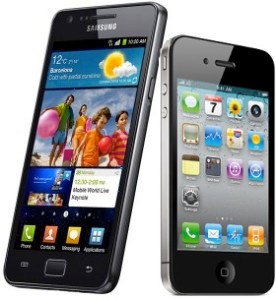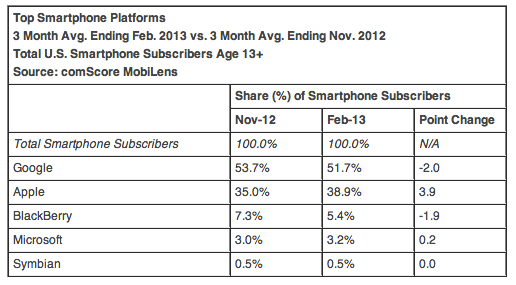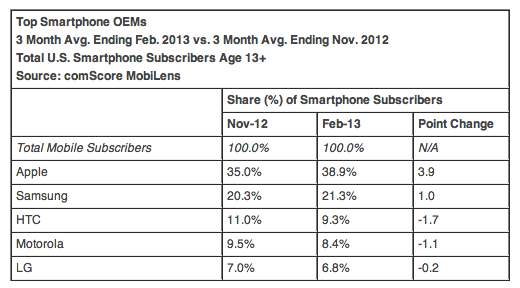
Curious how to configure access to a VPN client on your iPhone, iPod touch, or iPad? L2TP, PPTP, and IPSec VPN support are all built right into iOS and we'll show you how to set them up after the break!
One thing to note is that you'll need to make sure you have all the settings and information about your VPN service handy. Some companies will not allow mobile access to a VPN, and some carriers limit 3G VPN access to business accounts, so that's another thing you'll need to check on before attempting to add one.
These screenshots show iPhone setup but iPod touch and iPad are similar.

First you'll need to configure your VPN by adding the settings for your VPN (in most cases, these are provided by the system administrator or IT person at your company).
To configure your VPN, do the follow:
- Tap Settings
- Tap General
- Tap Network
- Tap VPN
- Tap Add VPN Configuration
- Along the top you will see some tabs, you'll need to select which type of configuration you need. In most cases, you'll choose IPSec (unless your system administrator has told you different). For this example, I've used IPSec.
- Enter the information for your VPN in the corresponding fields. If you used a proxy, make sure to enable it towards the bottom of the settings page.
- Tap Save


You've now configured your VPN for use. Now you'll need to turn it on.
- From your homescreen, tap Settings
- Under the main settings page, you'll now see a VPN option, this only appears when you have a VPN configured. Toggle the switch to On
- Your phone should connect to the VPN. If an error message pops up, go back into your VPN settings and make sure all your settings are input correctly.


That's it! If you guys have ever used this, let us know your input too. Have any issues setting up a VPN? Check out our TiPb Forums to get helpful from many of our awesome community members.
Tips of the day will range from beginner-level 101 to advanced-level ninjary. If you already know this tip, keep the link handy as a quick way to help a friend. If you have a tip of your own you'd like to suggest, add them to the comments or send them in to . (If it's especially awesome and previously unknown to us, we'll even give ya a reward...)














